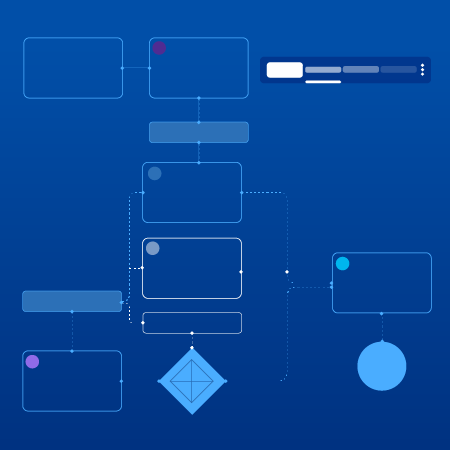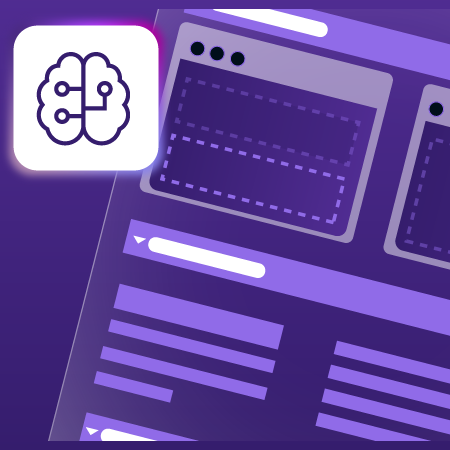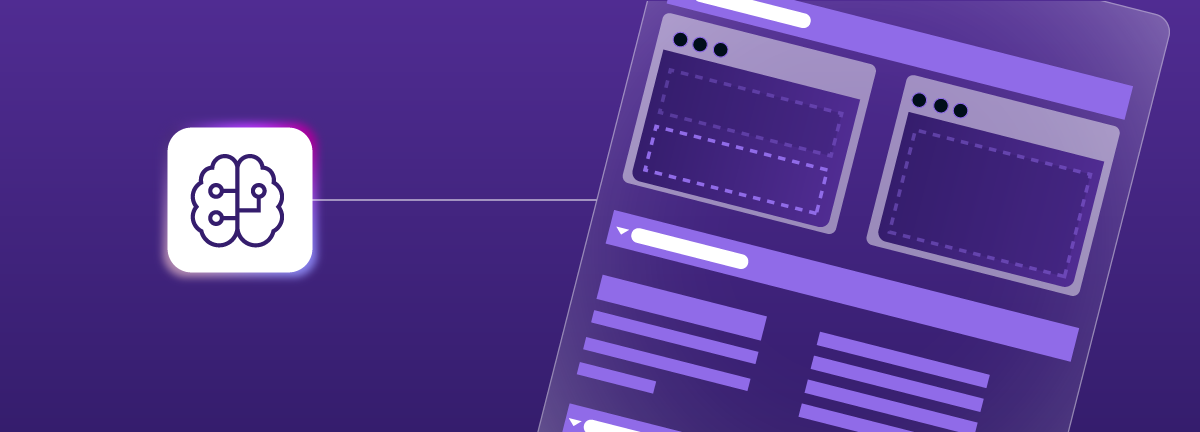
Low Code Platforms: Speed to Innovation
December 16, 2024
Workflow Automation: How Low Code Accelerates Operational Times
January 15, 2025AI + Low Code and No Code: Smart Combination

According toGartner 67% of companies adopt low code and no code to reduce time-to-market. In this way, the combination with AI allows developers and business leaders to deliver new services in a much shorter period of time than that required by traditional development.
What is Artificial Intelligence?
Artificial intelligence involves the simulation of human intelligence processes by computer systems. These processes include learning, reasoning, and self-correction. AI has the potential to improve decision-making, automate repetitive tasks, and provide predictive analytics, making it an invaluable tool for IT departments.
Gartner states that companies that integrate Low Code and No Code solutions with AI increase development productivity by 40%.
Artificial intelligence is changing the way IT departments approach software development. This is why more and more companies are considering hiring low-code and no-code development services combined with artificial intelligence (AI).
Artificial Intelligence together with Low Code - No Code:
10 benefits for the IT department
1.Greater efficiency in development
By using Low Code,platforms, developers can automate repetitive tasks such as creating forms or connecting to databases, allowing them to focus on programming more complex functions. By incorporating AI, this automation can be further enhanced, allowing systems to learn from past patterns and improve efficiency in areas such as data management and systems integration.
“The synergy between AI, Low Code and No Code helps companies optimize their IT resources, focusing time on more critical tasks”.
IBM
IBM
h3>2. Facilitated testing and validation
No-code approaches often include built-in testing capabilities, allowing developers to quickly assess application functionality, reducing deployment time and ensuring quality. With AI, these tests can become adaptive, learning from previous results and optimizing validation processes at each iteration.
3. Simplified monitoring and maintenance
Many low-code solutions provide real-time dashboards and analytics, enabling IT teams to monitor application performance and make necessary adjustments. AI integration makes it possible to detect usage patterns and anticipate issues, facilitating proactive maintenance.4. Collaborative development
Low-code and no-code platforms allow both developers and non-developers to collaborate in the same environment, reducing misunderstandings and facilitating alignment with business needs. AI can facilitate this collaboration by offering recommendations on necessary changes based on data analysis, improving alignment between stakeholders.5. Rapid implementation of changes
If a new business need arises, teams can implement changes quickly without having to go through a long development cycle. Artificial intelligence can help prioritize the most urgent tasks, thus optimizing the IT department's response to these needs.6. Reduced dependency on programmers
With no-code tools, operations teams can create and manage simple applications, reducing the burden on development staff, allowing them to focus on strategic projects. By integrating AI, even these applications can become more intuitive and functional, allowing non-technical users to perform complex tasks without the need for specialized support.7. Better project management
Low-code tools can include project management features that allow IT to track development progress. Additionally, AI can offer predictive analytics on timelines and resources needed, improving project planning and execution.8. Rapid prototyping
Developers can easily create prototypes to present ideas to management or end users. AI can assist in gathering feedback from the use of prototypes, suggesting improvements based on analysis of user feedback.
"AI-powered No Code platforms enable users to prototype applications quickly and efficiently, facilitating the validation of ideas before full implementation.”.
Harvard Business Review
Harvard Business Review
9. Solution scalability
As business needs grow, IT can scale built applications without having to develop them from scratch. Integrating custom AI-based code can help address specific requirements more efficiently, adapting to business evolution without excessive complications.10. AI integration into processes
The IT team can easily implement AI-based solutions, such as chatbots or predictive analytics, without the need for an AI expert. This not only expands the team's technological capabilities, but also improves the performance of existing applications, integrating AI into their core to offer a richer and more customizable experience.These benefits demonstrate how the use of low-code and no-code platforms together with the use of artificial intelligence optimize the work of the IT department, accelerating the delivery of solutions or products in record time. And you, did you know these benefits?


